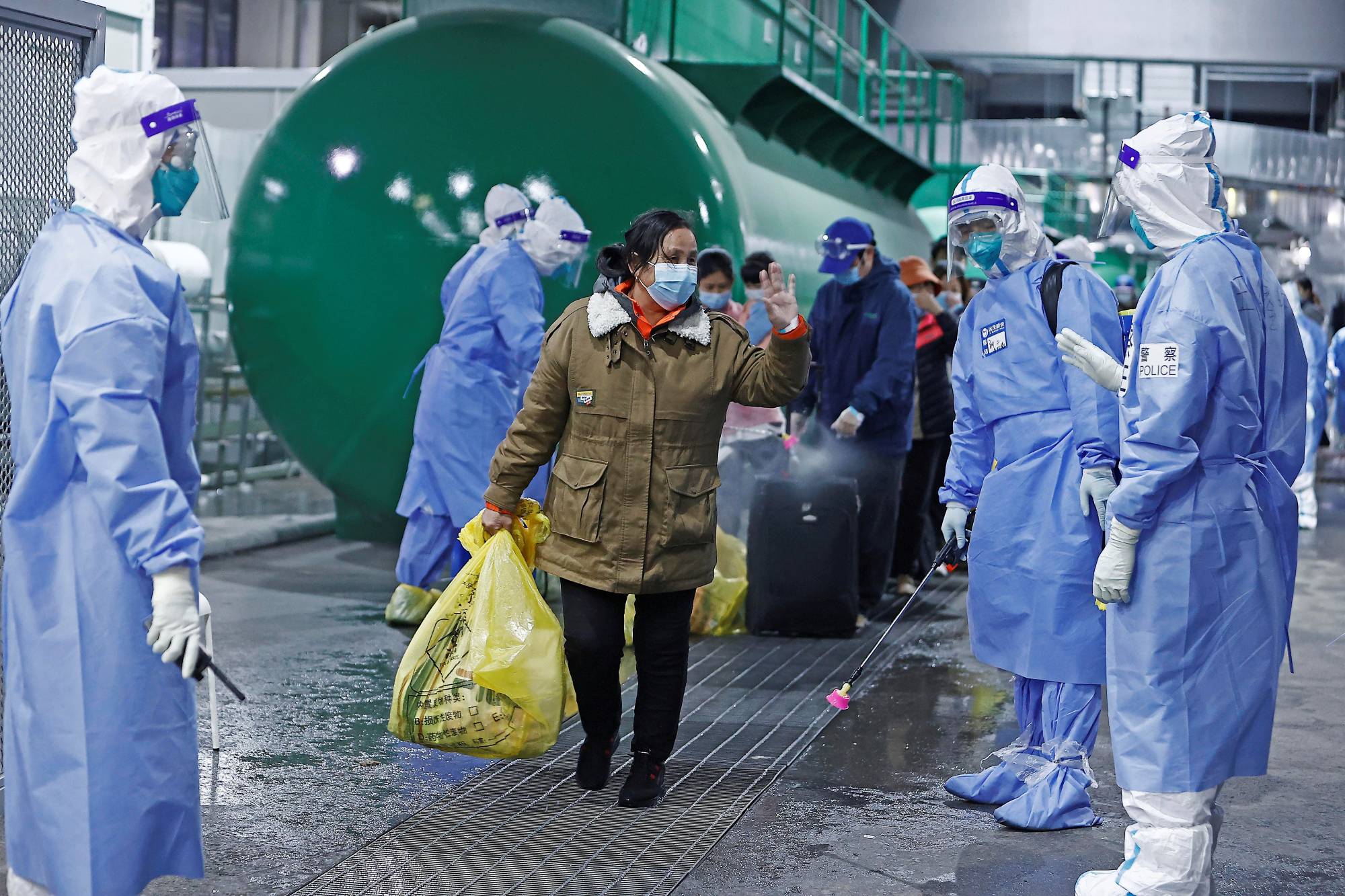A tough decision to lockdown Shanghai, China’s largest city, shocked the world.
After six weeks, and despite a sharp decline in infections, Shanghai’s lockdown has imposed enormous costs on the city and its residents. Given that the omicron variant has a low mortality rate among the vaccinated, and much of the rest of the world has been convinced to shift their strategies from lockdowns and movement restrictions to mass immunization, critics wonder why China’s "COVID zero" policy is here to stay.
When COVID-19 first emerged in Wuhan in late 2019, China was ill-prepared for such a disease outbreak. While the Chinese Center for Disease Control and Prevention had been established in 2002, it was never consolidated nor had it ever operated efficiently, despite the outbreak of severe acute respiratory syndrome (SARS) the following year. So, when COVID-19, with its comparatively higher mortality rate, came along, China’s government had little choice but to adopt a wartime model, shutting down the city and mobilizing additional resources (including medical personnel) on an emergency basis.

















With your current subscription plan you can comment on stories. However, before writing your first comment, please create a display name in the Profile section of your subscriber account page.